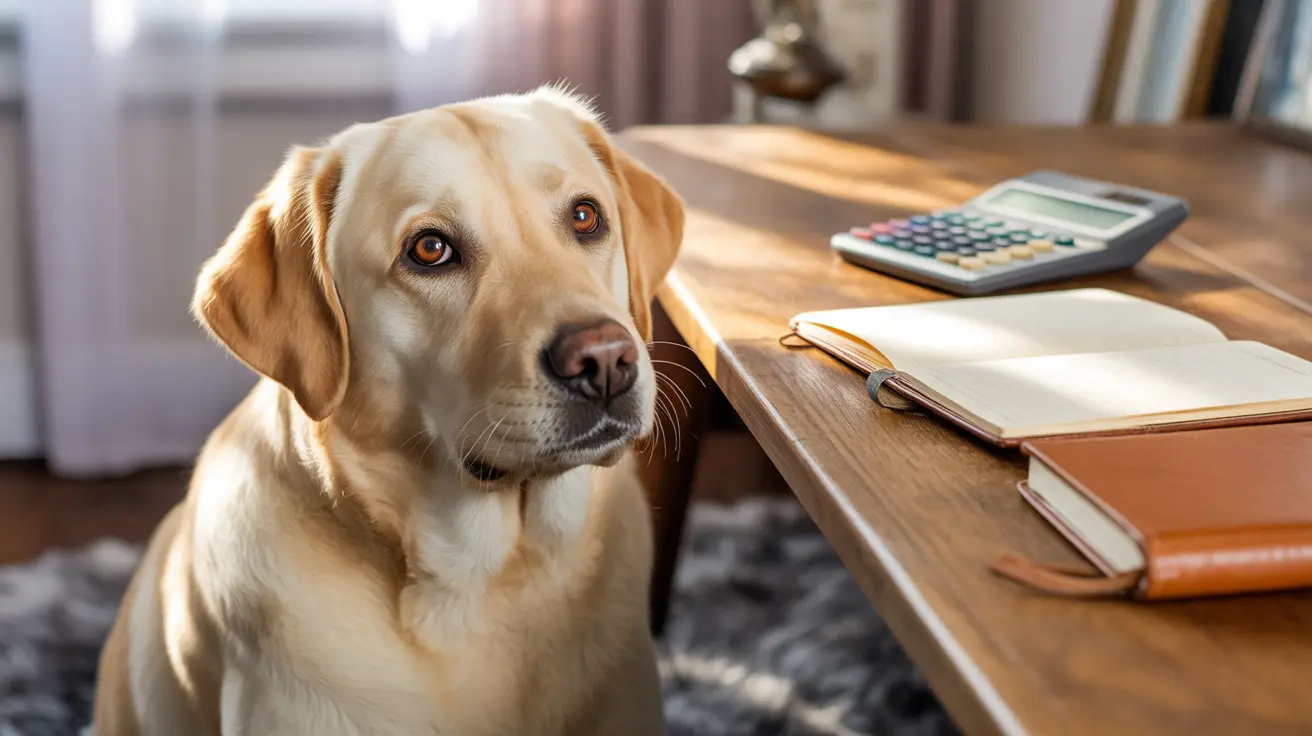When to See a Veterinarian for Your Dog's Dry Nose
A dog's nose serves many vital functions, from scent detection to regulating body temperature. It's natural for pet owners to worry when something seems off—especially when that normally wet, cool nose becomes dry. But not every dry nose signals a problem. Understanding the difference between harmless and concerning dryness is key to ensuring your dog’s health and comfort.
Why Is a Dog’s Nose Usually Moist?
A dog's nose is typically moist for several important reasons:
- Mucus secretion: Dogs produce mucus to trap scent particles and enhance their sense of smell.
- Licking: Dogs regularly lick their noses, adding moisture that helps gather scent molecules.
- Environment: Air temperature and humidity affect nose wetness, as cool weather promotes a moist nose.
While moisture is normal, a dry nose doesn’t necessarily mean your pet is sick. Many benign factors contribute to temporary nose dryness.
Common Benign Causes of a Dry Nose
Here are some harmless reasons why your dog’s nose might be dry:
- After sleeping: Dogs often wake up with dry noses simply because they don’t lick them during sleep.
- Weather and indoor air: Dry climates or heated indoor environments can sap moisture from the nose.
- Aging: Older dogs naturally experience reduced mucus production, resulting in a dryer nose.
- Exercise: Intense activity and panting may lead to temporary dryness from slight dehydration.
- Breed traits: Breeds like pugs and bulldogs often can't lick their noses due to facial structure, increasing dryness risk.
When a Dry Nose Might Be Cause for Concern
If your dog’s nose appears dry all the time or shows other changes, it's important to assess whether additional symptoms are present. Call your vet if you notice:
- Persistent dryness that doesn't improve with rest or environmental changes
- Cracks, crusting, bleeding, or sores
- Color changes in the nose, like turning pale or losing pigment
- Signs of illness, such as lethargy, fever, appetite loss, or behavior changes
- Abnormal nasal discharge, like thick, discolored mucus or pus
These symptoms may point to more serious underlying medical conditions.
Medical Conditions Leading to a Dry Nose
Several health problems could explain why your dog's nose is dry or changing in texture:
- Nasal Hyperkeratosis: A buildup of excess keratin that causes the nose to appear thickened, cracked, and scabbed. Breeds like Bulldogs, Irish Terriers, and Labrador Retrievers are especially prone. It may require veterinary treatment with keratolytic agents or trimming to manage the keratin accumulation.
- Autoimmune Diseases: Conditions like lupus and pemphigus can affect nose tissues, causing dryness, color changes, scabs, or open wounds. Diagnosing these requires blood tests and sometimes skin biopsies.
- Allergies: Environmental or food allergies may irritate your dog’s nose and surrounding skin, leading to dryness or redness.
- Dehydration: Loss of hydration due to insufficient water intake or illness (vomiting, diarrhea) can lead to dry nose, dry gums, and lethargy.
- Infections: Fungal, bacterial, or viral infections may cause scabs, cracking, or nasal discharge.
- Sunburn: Dogs with pink or light-colored noses are more vulnerable to sun damage, resulting in dryness, peeling, or changes in pigment.
- Environmental Irritants: Exposure to cleaning chemicals or airborne irritants can dry out or irritate the nasal skin.
Treatment and Management Options
Treatment depends on the cause of the dryness. Here are some general recommendations:
- Moisturize: For minor dryness, gently clean the nose with a damp cloth and apply a dog-safe nose balm. Avoid human products unless your vet says they're safe.
- Hydration: Ensure your dog has plenty of fresh water to stay well-hydrated.
- Manage sun exposure: Protect light-nosed dogs with pet-safe sunscreen or provide shaded environments outdoors.
- Proper grooming: For hyperkeratosis, your vet might recommend regular moisturizing and keratin removal by a professional.
- Veterinary oversight: Always consult your vet before applying any topical treatments, especially if your dog licks its nose frequently.
Conclusion: Know When to Seek Help
Most dry noses in dogs are brief, harmless, and resolve on their own. However, if dryness is persistent, causes discomfort, or comes with other warning signs, it’s time to visit your veterinarian. Early intervention can prevent complications and ensure your dog remains happy and healthy.





